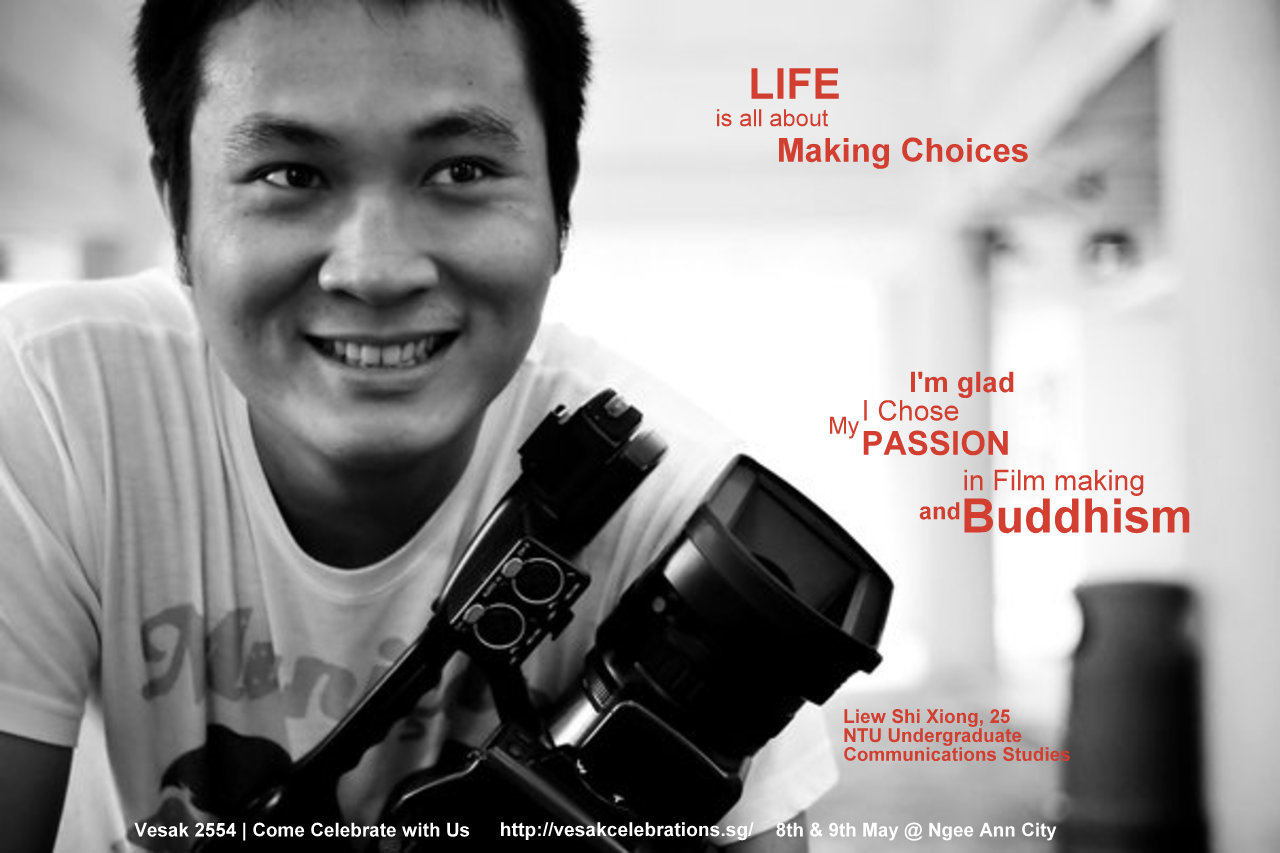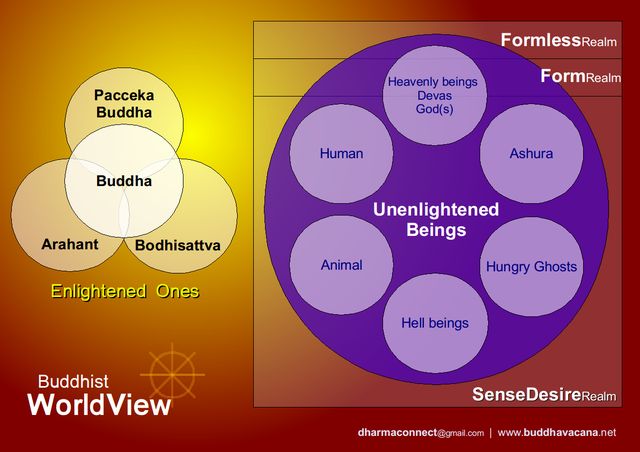Today I’m going to share a simple simple way to approach a task, project or goal. More accurately, I’m focusing on the initial decision process.
A project can be split into a few parts such as
- Envisioning & Planning
- Development & Implementation
- Testing & Feedback
Different project management methodologies are abound, and you may be familiar with others that are similar or different, each with different focus and strengths. Take note that this post is not about project management, it is about making that initial decision to do or not to do the project. This can be done at the Envisioning stage and should culminate with the Planning stage.
Since the very first meeting in secondary school I’ve ever sat in to discuss and decide on whether or not a project or activity be carried out, I’ve noticed a certain trend. Most initial meetings start with someone sharing the bright idea for a project or something and quite quickly degenerates into a wack-the-mole exchange of debate over why the project will fail for various reasons. If you have ever been in such meetings and would like a different (read: more effective) approach, read on.
The above trend actual happen in many club, society and sometimes even in corporate meetings. Eventually, the project does get started, but not before everyone feel down and disheartened about how they are starting a project that is seen as doomed to fail.
Typical meeting:
Person A: We have this idea “A”. blah blah … [details about what it is]
Person B: This will not work because of “B”
Everyone start thinking of how to counter B. When B seem somewhat resolved, person C comes up with something.
Person C: But it seems like we will have problem with “C”, so we should not do “A” or that “B” will still fail.
One more nail in the project coffin. All we need is someone to start the fire and we can cremate the project and go for a movie already.
Everyone start debating or arguing about C, D, E, F, G … .
…
This can go on for hours and the team will still not have decided on whether they wish to start the project or not. No decisions made, the meeting is adjourned. The team members will disheartened or bitter while some become suspicious of each other’s intent and integrity.
What is happening here? What went wrong and what can be done instead?
The usual questions or factors that come up are usually the “Who, What, When, Where and How”. We learn in secondary school, the five W and one H right? The above are the implementation details. I’m not saying that they are unimportant. They are important, but only when you have decided to do the project. If you have not even decided yet, why even bog yourself down with the implementation details?
“But how do you decide whether to do a project without knowing if it can be done?”
To that, I say, you are mixing up “How to do it?” (Implementation) with “Why we do it?” (Mission, Reason, Motivation).
For example, consider a group of friends going for a meal. This is their weekly gathering and they decided to meet on Friday at 6pm for a meal at Suntec followed by movies at 9pm. They will meet at the new Zen restaurant after work.
- Who: Group of friends
- What: Outing – Meal and Movie
- When: Friday at 6pm
- Where: Suntec, Zen restaurant
- How: Travel – drive individually, Food – Zen, Movie – Eng Wah Cineplex (it’s been years! What is at Suntec??)
- Why: This is part of their weekly gathering. Friends meeting up weekly.
In this case, when they decide to meet up, it is because of friendship, because of the company they enjoy with each other. They don’t necessarily meet up or not because it is cheaper or not. Although, having decided that they want to meet up, they may later decide that they cannot do so because of the ‘implementation details’. Maybe the restaurant or movie is not ideal, or the timing is bad etc. These are reasons why they are unable to have their outing, and not that they do not want. While the results are the same, that the outing did not happen, the reasons are different. They may decide that they do not want to meet up or that they are unable to meet up.
If they decide that they do not want to meet up, then even if they can, they would not. Whereas, if they are unable to meet up, they would try to make adjustments to the ‘implementations’ and finally still meetup. In the former, the ‘implementations’ often end up as excuses for not meeting up while in the latter, the ‘implementations’ become something they resolve to reach their goal of meeting up.
Going Somewhere
Let’s look at another scenario: Going on a vacation. The reason we want to go on a holiday is one thing but the 4WH will influence our decision on when, where and how our vacation will take place.
If you want to go on a holiday, then the 4W+H will be adjusted to fulfill this goal. Otherwise the 4W+H will become reasons why you do not go on a holiday.
Which statements do you make:
- “I’m not going to Singapore because I cannot afford it!”
- “I want to go to visit Singapore, but because of the cost, I will save up for the next 3 ~ 6 months and be able to go on my vacation then!”
Is it Feasible?
By now you should be very clear with the distinction between why one would want to do something as compared to how it can be done. The former in general comprises the “benefits” of achieving that goal while the latter is the “cost” of doing it. The benefits gives people reasons for doing a project while the costs helps them consider the feasibility of achieving the project.
Wanting to achieve a goal, one then consider the present conditions to find
out how feasible it is to do so. After that, he then make plans to solve implementation details to make the plans feasible.
Buddhism
When we come into Buddhism, a common situation is that we may become overwhelmed by the precepts and practices. This can sometimes dishearten us when we consider how difficult these precepts and practices are. Other times we may not know why or how the practices and precepts are even relevant at all. While we may try very hard but we are actually approaching Buddhism with the same approach mentioned above. Instead of considering the qualities and benefits of the goal, we are being bogged down by the “feasibility factors” and “implementation details”.
For most people, it is helpful to know the proper path and goal of Buddhism, and appreciate the goal and destination of Buddhism before even embarking on the “project” itself. That to me, is how the Buddha deliver it to us, in the form of the Four Noble Truths!
Current Situation – Noble Truth of Suffering, Noble Truth of Cause of Suffering
Goal – Noble Truth of Cessation of Suffering
Solution – Noble Truth of the Path leading to the Cessation of Suffering
While the Four Noble Truths are often taught as Basic Buddhism, I consider it as the core, the essence of Buddhism. If one truly understands Suffering, its Cause, and how wonderful Nirvana (Pali: Nibbana) is compared to our present state, then the path becomes part of our ToDo list and not the reasons why we cannot take refuge or observe the precepts. We won’t say “we cannot do it because it is too difficult” or unknowingly dismiss the Buddhist practices as irrelevant if only because we had become a victim of self-defeating attitude.
So the next time the thought “it cannot work or be done” pops up in your mind, think again. First ask yourself “Why am I doing it?” and not “How difficult is it?”. When you have decided that the goal (whether worldly or supramundane) is worthwhile, then find out how feasible your present conditions are and determine the variance between the required conditions and your present conditions. Finally, set a doable todo list to narrow the variance.
Then it becomes “I’m doing it because of this and in order to achieve it, I need to do A, B, C, … … “. The obstacles become the path. Then there are no obstacles, only choices and steps towards our eventual goal, Nirvana.



